★★★★★
“Sex Education” returns to Netflix for a stellar second season, widening its narrative and providing more representation to groups sorely lacking in representation in art. Superficially a hilarious look at teenage sexual troubles, “Sex Education” is a deeply empathetic look at how children are not properly prepared for life by adults and must take the initiative to fix things themselves.
The sophomore season of “Sex Education” does not shy away from graphic depictions of teen sexuality, opening with a masturbation montage that demonstrates Otis Milburn’s (Asa Butterfield) sexual awakening since his ambivalence about sex in the first season. Despite this personal growth, Otis faces a daunting emotional journey — his first relationship with his girlfriend Ola Nyman (Patricia Allison). Although the relationship could easily lean into teen cliches, queer awakening and emotional hang-ups keep the narrative interesting.
Although Otis is technically the main character of “Sex Education,” there are at least 10 other characters with fully formed narratives that could constitute their own shows, which speaks to the thoughtfulness of the writing. Ncuti Gatwa, fresh off his breakout performance as Eric Effiong in the first season, continues to be a refreshing depiction of a queer black boy and livens up every scene he graces. Eric catches the eye of the new dreamy French transfer student Rahim (Sami Outalbali) and the ensuing romance outdoes any previous teen queer relationship on film with its unapologetic and authentic nature.
Maeve Wiley (Emma Mackey) attempts to rebound from being expelled from school and deal with the reemergence of her absentee mother. She befriends her new neighbor Isaac (George Robinson), who immediately displays stunning chemistry with Maeve that sparkles brightly whenever they share the screen. It also bears noting that Isaac is played by an actor who actually uses a wheelchair, a refreshing change of pace for Hollywood. While this casting choice has no effect on his actual narrative, it reinforces the fact that disabled people have full and vibrant lives that deserve representation and should not be reduced to a plot point. The full development of all the characters adds dynamic layers of complexity to the show.
Another bright spot that emerges this season is the friendship between misunderstood athlete Jackson Marchetti (Kedar Williams-Stirling) and magnetic nerd Viv Odesanya (Chinenye Ezeudu). Viv completely dominates any scene she appears in with her hilarious physical comedy and pure heart.
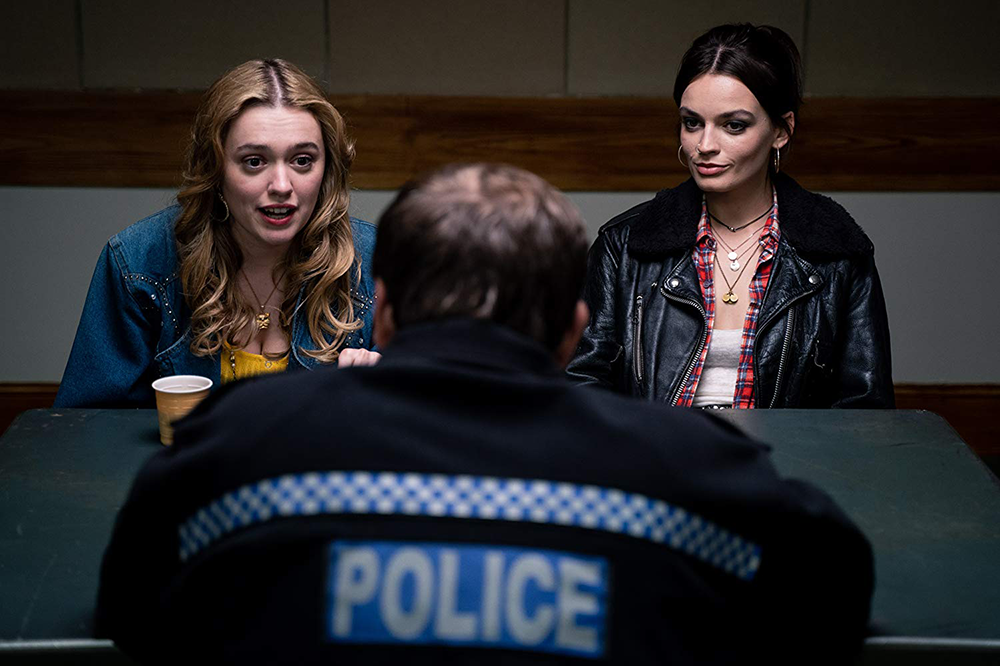
A particularly heartbreaking and touching plot revolves around lovable Aimee Gibbs (Aimee Lou Wood) and her sexual assault on a public bus. While most series might show the assault and create a clean resolution at the end of the episode, “Sex Education” lingers on the emotional trauma Aimee deals with for the remainder of the season. This culminates in a brilliant feminist rendition of “The Breakfast Club” that should serve as an empowering touchstone for millennial and Gen Z women.
With so many narratives to juggle, it is a wonder that “Sex Education” keeps almost all of them afloat. It is natural for the show to not include certain groups because of time constraints. However, the shocking lack of trans representation throughout the show, with not a single mention of a trans character or one appearing on screen, is limiting for the series’ representation.
The show seems singularly obsessed with genitalia — through graphic dialogue or doodles — and links that to gender, which is simply not how gender functions. While the focus on genitalia as denoting gender might not be notable for other shows, the move is noticeably a limitation in this series, particularly because it is so progressive in almost every other area with its representation.
Another concerning aspect of season two is the treatment of Adam Groff (Connor Swindells), the homophobic bully of Eric in the first season. After the first season ended with a sexual encounter between the two, many viewers questioned the decision to romantically pair a victim with his abuser. Season two does not seem to care about these objections and continues to bait audiences into supporting the two possibly being coupled.
While the show is admirably attempting to make all its teenage characters empathetic and nuanced, Adam’s growth as a person should not be linked to the individual he abused and bullied. Furthermore, portraying Adam in this manner leans dangerously into the classic trope of depicting homophobes as secretly queer. This stereotype, typically utilized by cisgender straight people, absolves nonqueer people of their complicity and places the blame for homophobia on the queer community itself, perpetuating harmful and discriminatory attitudes.
Despite these issues, season two of “Sex Education” improves on the already great first season and provides needed exposure for underrepresented communities, while not focusing solely on the trauma inflicted on them. The show manages to provide beautiful depictions of often neglected people while remaining uproariously funny and deeply emotional, offering a perfect objection to people who bemoan diversity initiatives or politically correct culture. A show written and directed primarily by women does not hold back its quality, but rather enables it to ascend to a higher form in which most marginalized groups can finally claim a coming-of-age story for themselves.









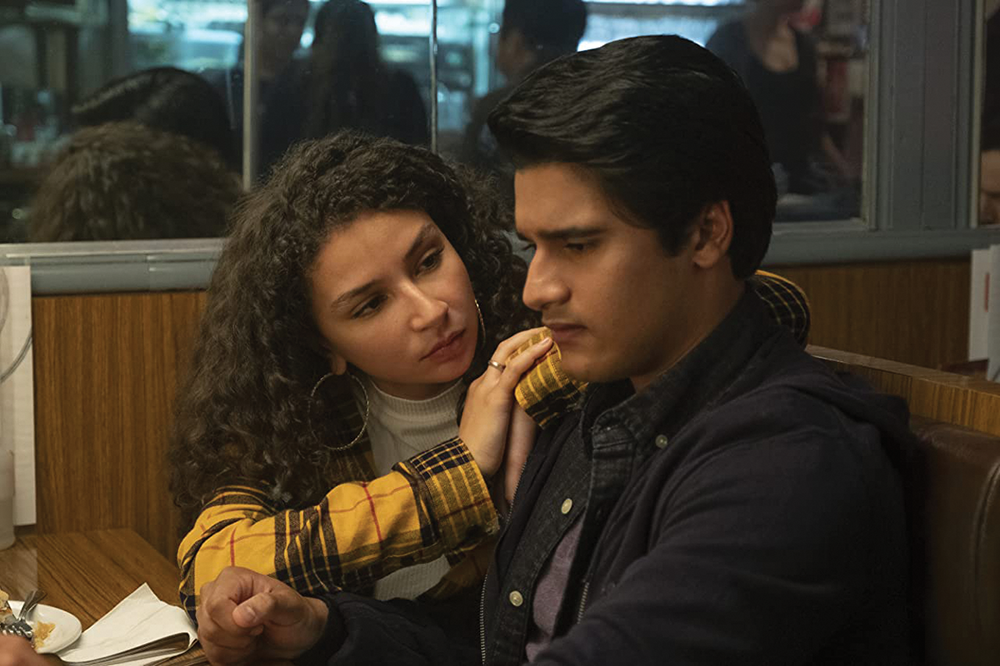
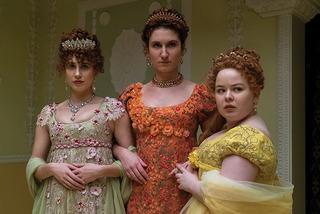
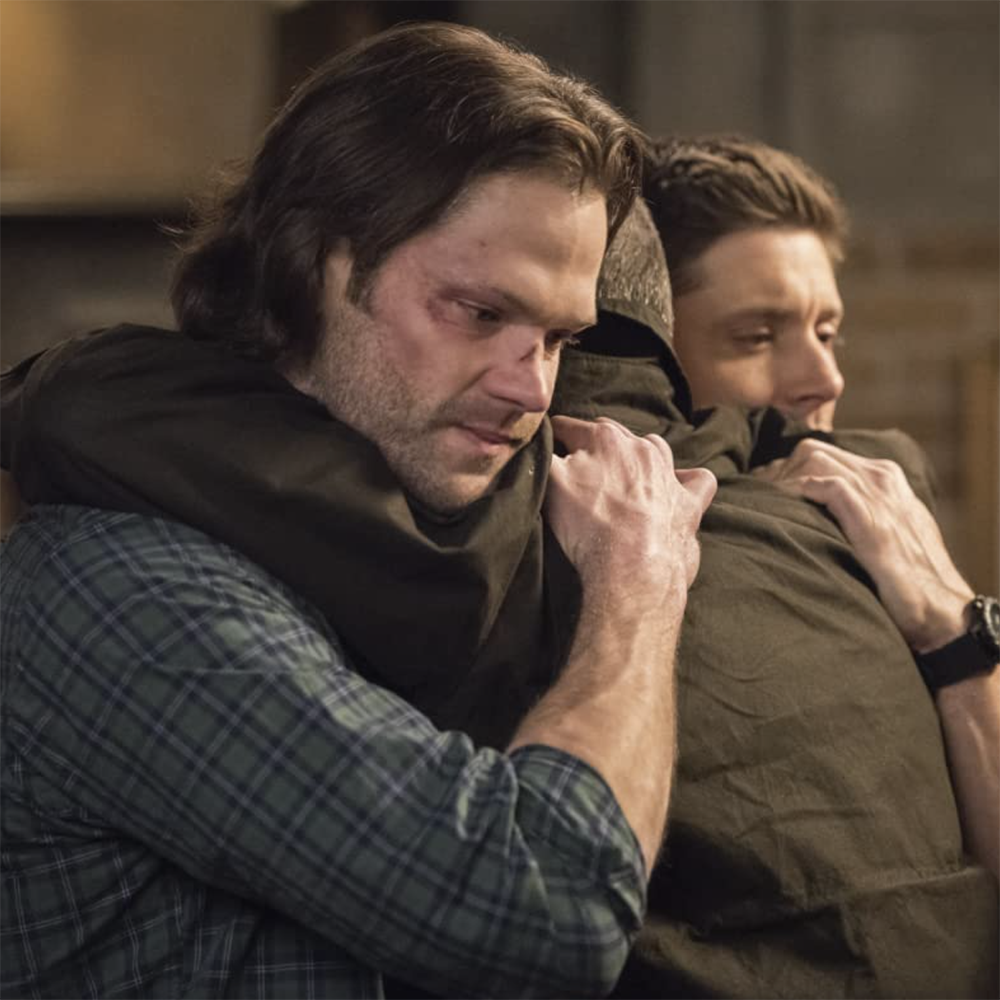

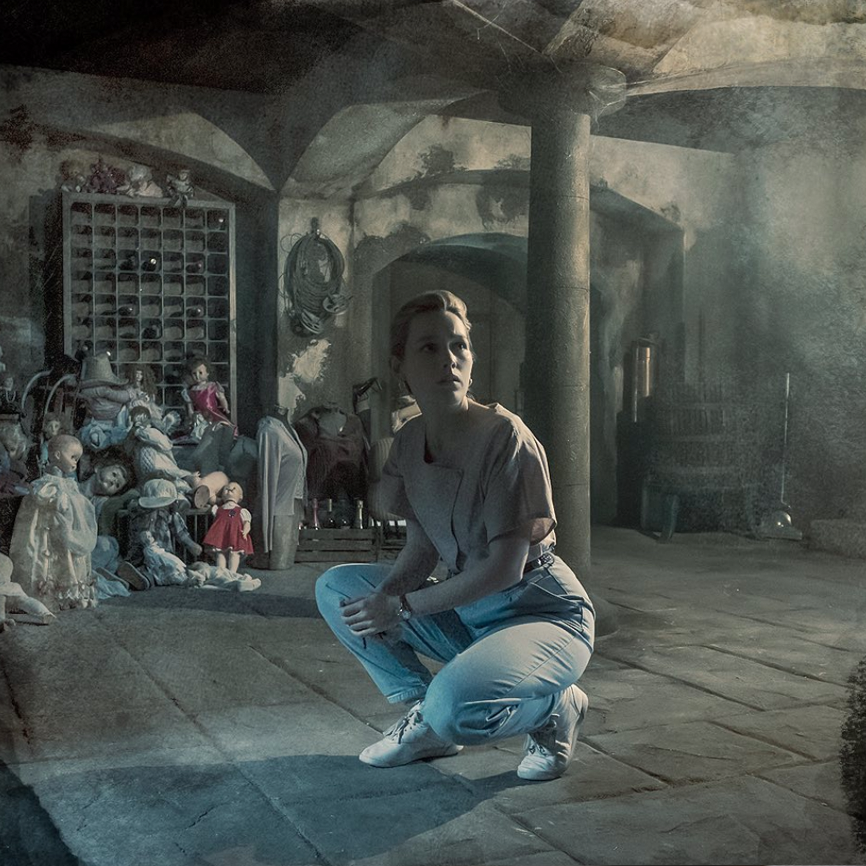






Alexander Alexander • Feb 3, 2020 at 7:15 pm
Bad take. You state that the show links its excessive portrayal of genitalia to the concept of gender, but you provide no evidence of this, and nor did I see any when I watched this show. Of course there’s going to be a lot of displays of genitals—it’s a show about sex! Discussing genitals in terms of their function as sexual organs has no effect on the viewer’s perception of gender. Try pointing to where the show uses “ genitalia as denoting gender.” I guarantee you cannot find it.
Prerna Anchan • Feb 2, 2020 at 1:20 pm
This is a brilliant narration and has just my thoughts. Thank you for putting it all up so well.